The “BRANZ” condominium developer, Tokyu Real Estate, currently provides housing projects that suit the various needs of customers through an integrated manufacture-and-sales business model. The issue identified is how to sell fast and at a high price to maximize the project’s profit. Here, we interviewed members of the company regarding the training of group leaders, who manage the sales site for various properties, and of chiefs, who are in charge of the sales site for around a period of six months, which was conducted on the topic of precision improvement of the matching of the timing between “customer attraction peak” and “sales ability peak.”
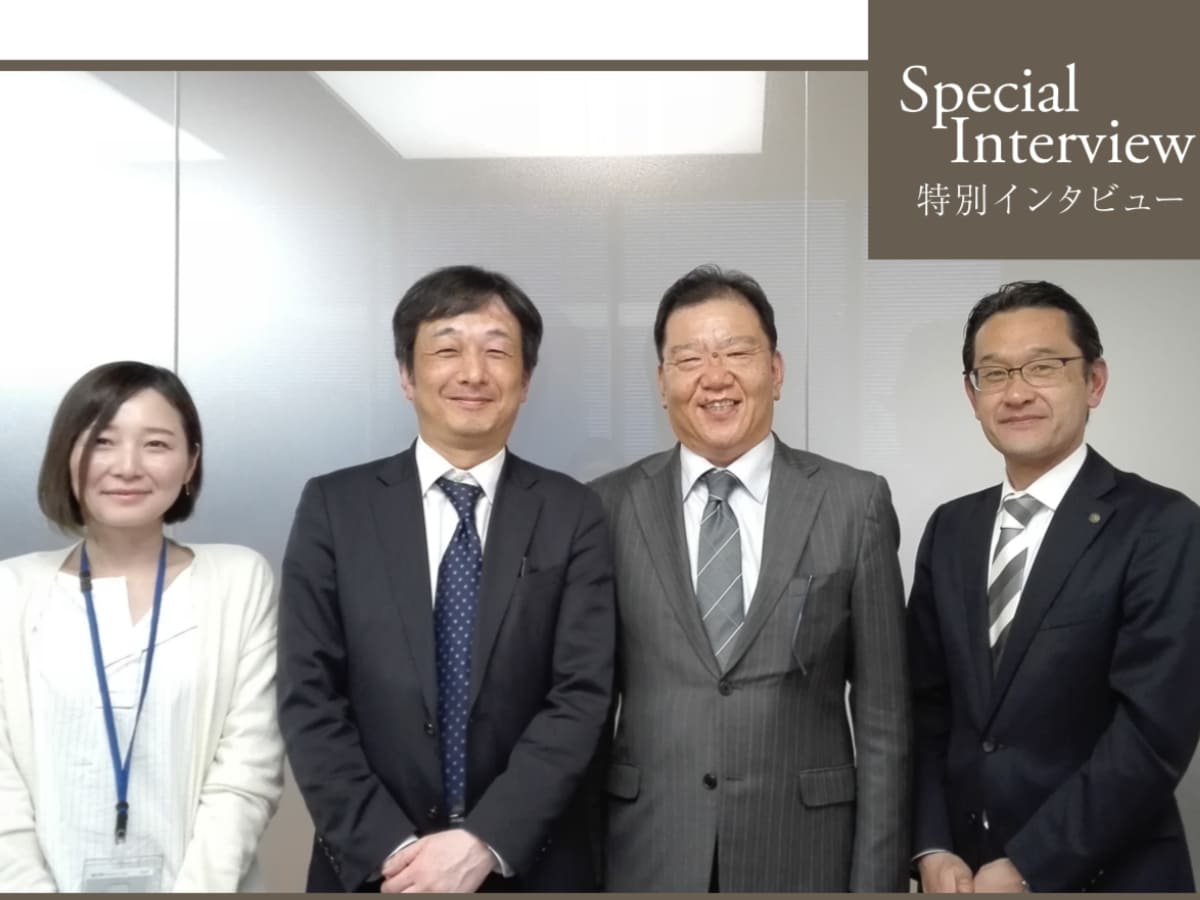
Mr. Tomoyuki Sato
Director of Sales Management Department and director of 1st Sales Division, Tokyo Area Residential Business Division and Operating Officer
Mr. Jun Yamaguchi
Director of 2nd Sales Division, Tokyo Area Residential Business Division
Mr.Shiota Koutarou
Sales Management Department, Sales Management Group, Group Leader
Mr.Hisazu Rinta
Sales Management Department, Sales Management Group, Section Leader
Ms. Saito Tomomi
Sales Management Department, Sales Management Group
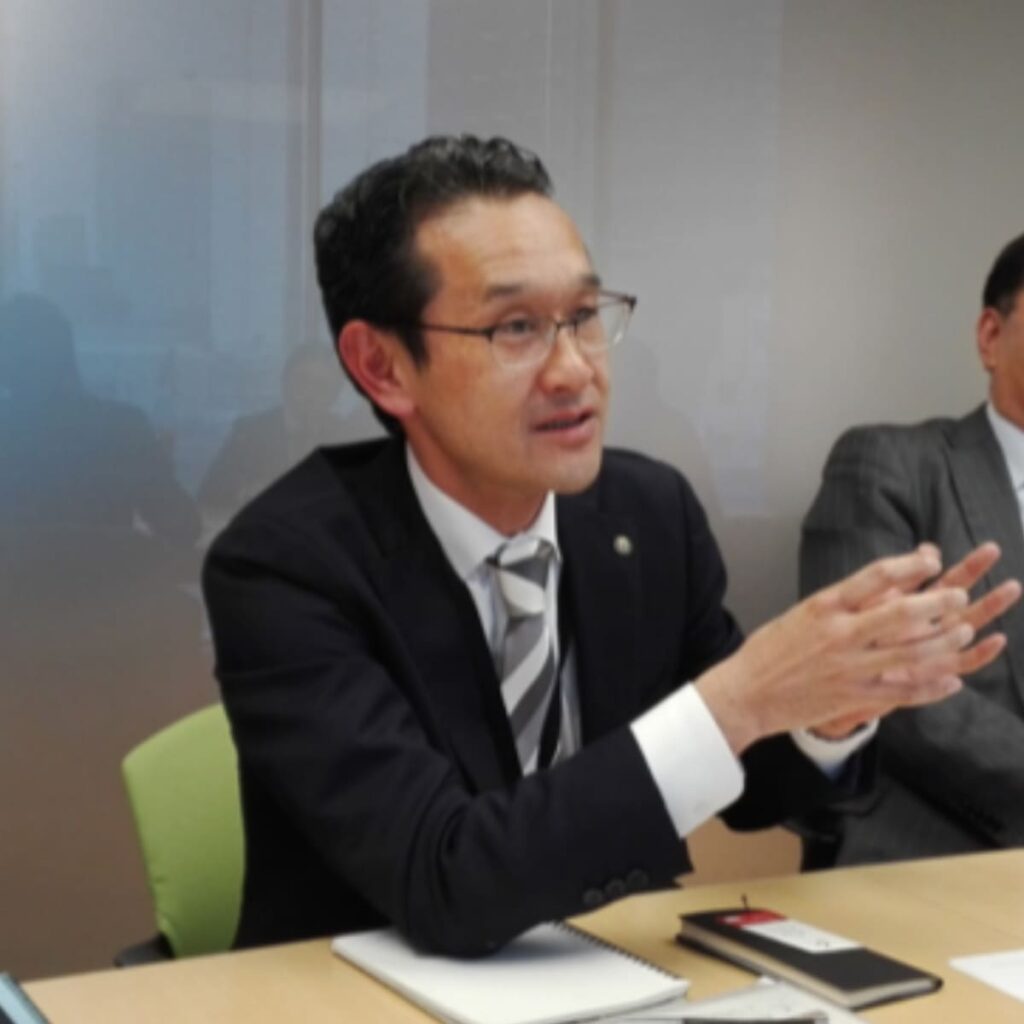
Our company has been developing a condominium business mainly in the Tokyo and Kansai area, and previously, we have separated the main operations into two group companies: Tokyu Real Estate, which is the developer, and Tokyu Livable, which is in charge of sales.
However, when considering business profitability and growth speed, we decided that an integrated construction and sales business development has high prospects and made a big change in the policy.
This was executed by a sales department inside Tokyu Real Estate. What followed was the increase in the significance of the role of the chief, who is in charge of the sales site of the project. Until now, the person in charge of construction and sales had been different people; however, due to the integration of construction and sales, the sales group leader and chief now take part from the product planning up to the sales step.
This also means that the degree of participation and responsibility towards the project also increases. Thinking about the maximization of the project’s profitability became more important and no longer simply “If the product sells, then it’s fine” as before.
Therefore, we decided to use this opportunity to embark on a project for mainly chief members, which could allow them to rethink the ideal sales style of our company. Nevertheless, we thought that the creation of new ideas would be difficult if our company did it independently, and we decided to consult Mr. Katou from LiB Consulting, who had previously assisted us at the Kansai branch, and requested a training program.
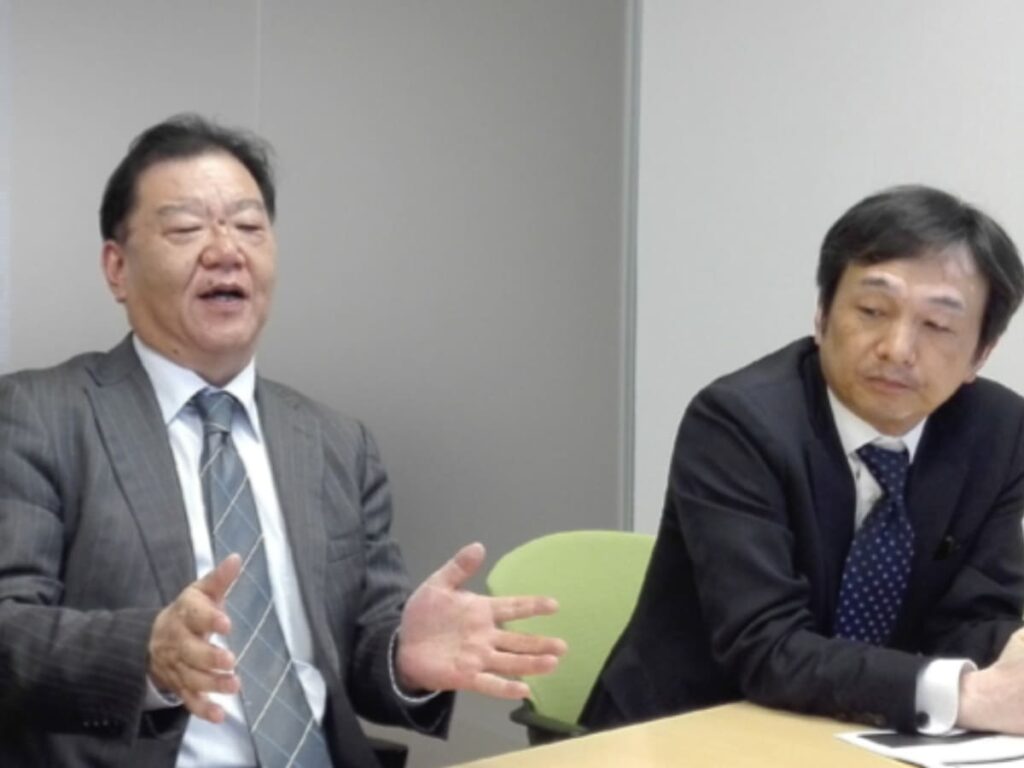
The number of visiting customers peaks at the very onset of the sales then gradually declines as time goes by. This signifies that the beginning of the sales is the climax.
However, from the point of view of the salespeople, there are problems, such as not having enough time to prepare before the beginning of the sales or that the sales talk differs from person to person and the property’s true value could not be sufficiently conveyed to the client.
Until now, the sales scenario and sales talk were brushed up as the sales progressed, and therefore, the sales ability peak lay in the latter half of the sales process. This becomes a loss of opportunity because, in the sales of detached houses and condominiums, it is important to go on with full force right from the beginning.
Therefore, the question is how to match the peaks between sales ability and the customer’s attraction or purchase desire. The answer of which is to move the sales ability peak forward. To do so, we realized that the important thing is for the person in charge of sales to participate in the implementation of the project from an earlier stage, create a sales story, transfer it into the tools and talks, and train rigorously to prepare for the beginning of the sales. The integrated manufacture-and-sales system also promoted the easy integration of the person in charge of sales at an early stage.
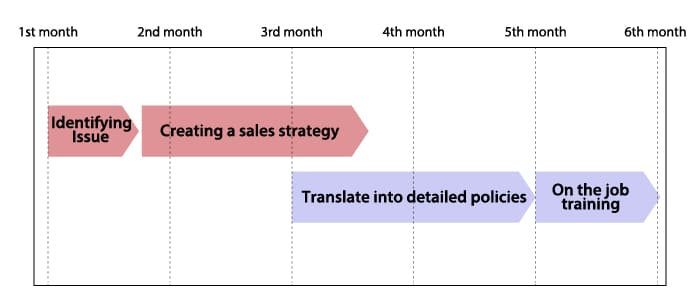
The first is “the purchase psychology,” especially the “framing” element. Even though I think there were members who were naturally aware of the concept of purchase psychology during their talks, by creating a theory and learning the ideas, a common axis in creating a sales story was formulated. Right now, I am hearing conversations where chiefs ask the members whether they have thought about the framing talk.
The other idea is how the property’s concept is reflected in the sales story. Until now, sales activity had also been conducted after understanding the property’s concept; however, the perspective on the “purchase psychology” had been lacking, and there was room for improvement in effective communication.
The method of creating a story that could effectively increase the customer’s purchase desire has been clarified, and I think that a “sales equation” that could be applied to any property has been completed.
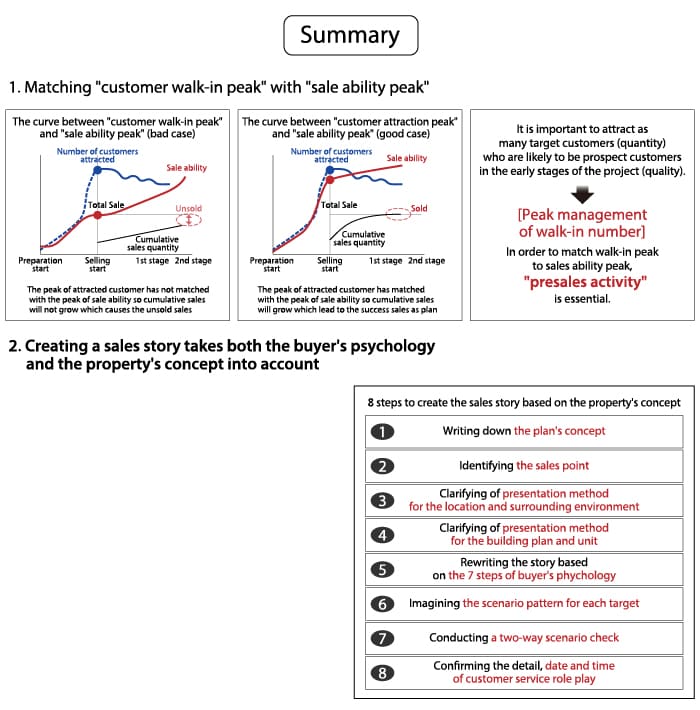
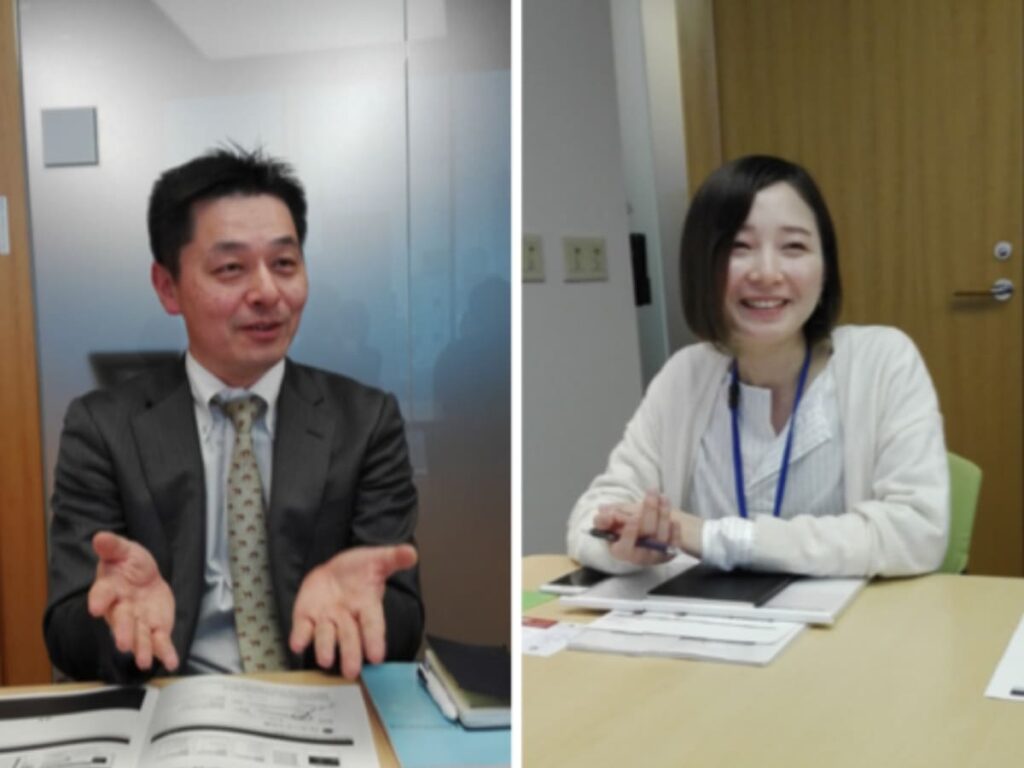
In the beginning, we set five KPIs as the success indicator. The first two, “Number of visitors divided by total number of properties” and “Number of requests for document divided by total number of properties” pertain to the strengthening of presales activity.
The remaining three, “Rate of repeating,” “Rate of recontract,” and “Yield (rate of success),” aim to strengthen the sales story. After carrying out the project for half a year, all KPIs were observed to be increasing.
The main reason behind that is probably because, within the sales division, a common axis in formulating the sales strategy has been created. During the period before the merger between Tokyo Real Estate and Tokyu Livable, there were also opportunities to receive sales training; however, I was taught, and that’s the end of the story. I felt there were so many things which could not be applied on-site.
This project, although it was mainly supervised by LiB Consulting, was conducted in a discussion-oriented style where we identified the problems and thought about their resolution by ourselves; therefore, I think that the degree of acceptance is high, making us want to practice the strategies on-site immediately.
I believe the way the project was implemented worked out extremely well. Also, for the chiefs, being able to know what the others are thinking and what their working styles are also played a big part. The truth is that previously, although the vertical relationship was strong, the horizontal one was not. The formation of the horizontal relationship was also a chance for everyone to expand the scope of their thinking.
The most important thing is to take what we received from this project, put it into practice on the new upcoming project, and make it successful.
It is necessary to practice it on-site and make sure we get a grasp of it. We would also like to continue receiving LiB Consulting’s support and carry on creating big results in the future.
Thank you for your interest.
Please fill in some important information and we will be in touch.